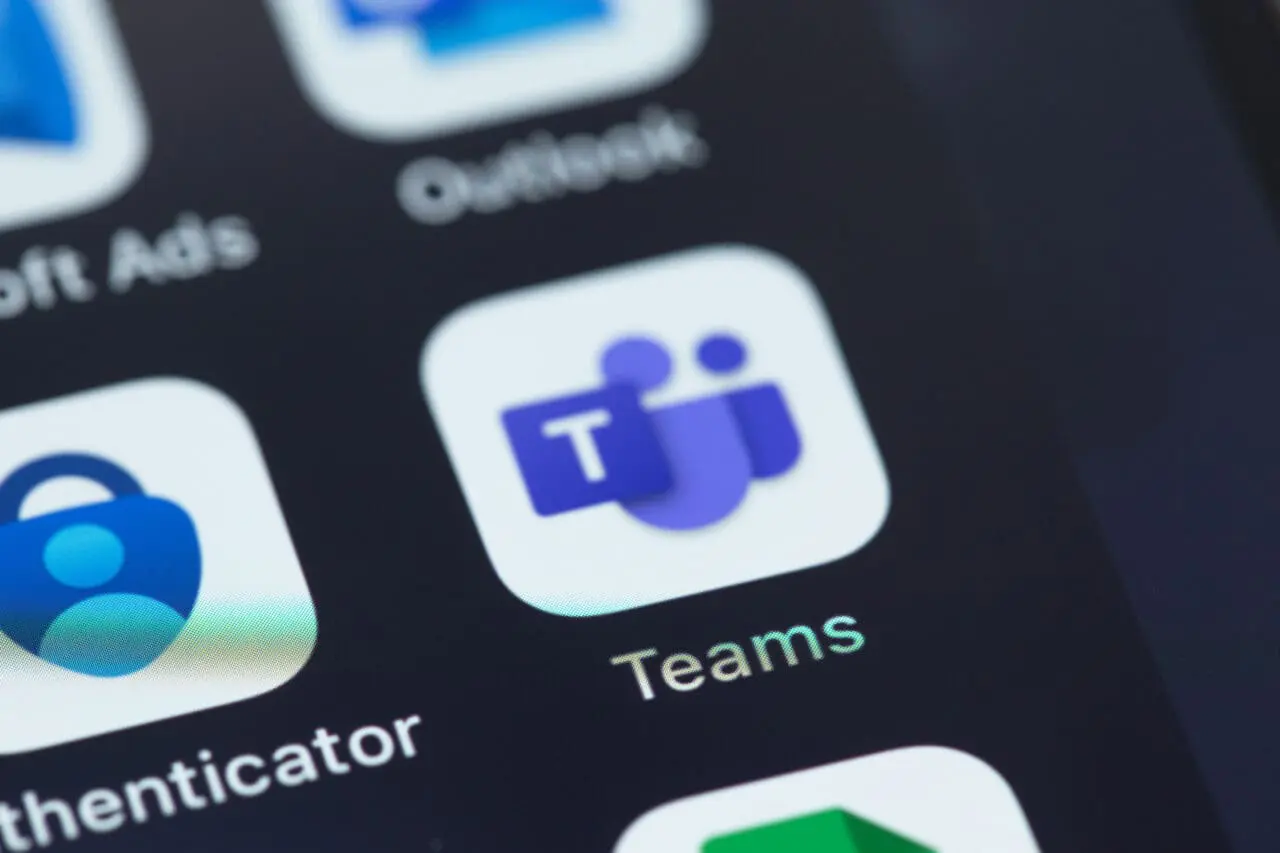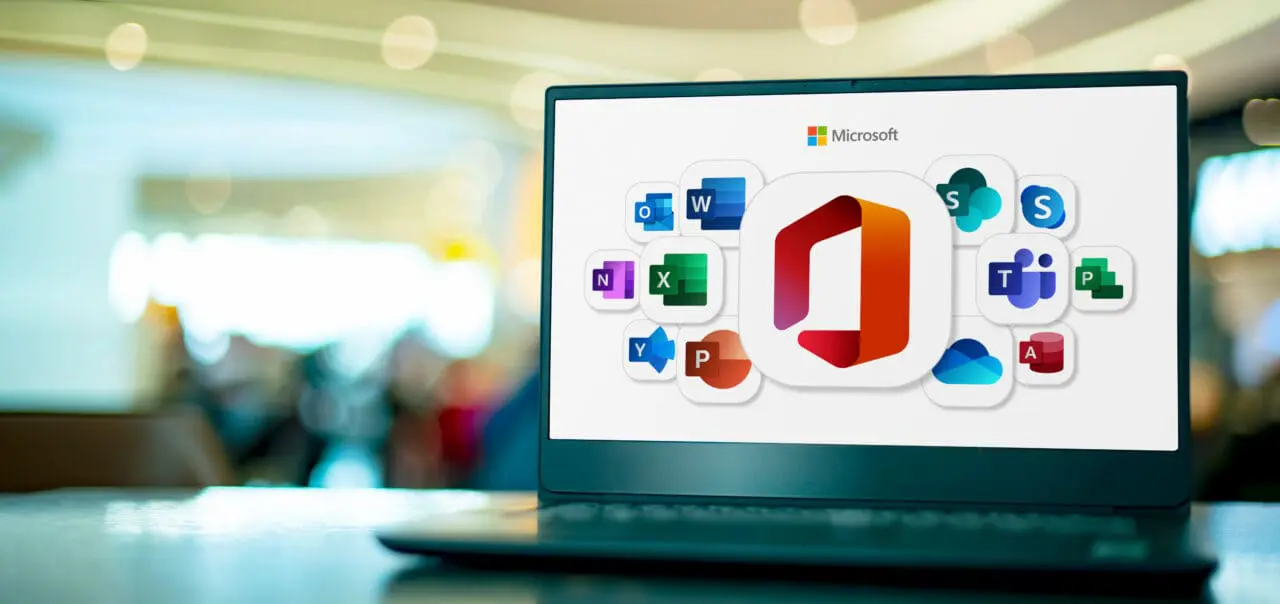

Microsoft’s recent move to make the Teams app available independently from its Office suite marks a pivotal change in the tech landscape, introducing both challenges and opportunities for businesses and Managed Service Providers (MSPs). This strategy, driven by antitrust concerns, not only shakes up traditional IT strategies but also necessitates a reassessment of service offerings, pricing models, and how Microsoft Office’s functionality, including security and Office updates, is woven into business operations. For businesses, this separation means access to more tailored communication solutions with the Teams app, possibly at reduced costs, as they can now choose options that best meet their needs, including settings for managing security and Office updates. MSPs, in turn, must adapt their service delivery models to this new independence, potentially facing a rise in support queries and training needs concerning Microsoft Office’s features, updates, and security aspects. This significant shift encourages both sectors to reconsider their approaches to integrating and supporting productivity tools in a landscape that increasingly prioritizes flexibility and innovation.
The update separating Microsoft Teams from the Microsoft Office suite poses significant challenges for Managed Service Providers (MSPs) involved in reselling bundled Microsoft products. This structural change necessitates MSPs to overhaul their service delivery models, shifting from a unified package to managing and supporting two services billed independently. This transition demands a strategic realignment, requiring not just technological synchronization but also updates in billing practices, customer support, and training to incorporate all their updates, including the latest features and bug fixes of Microsoft products. MSPs must update their training materials to include all the updates, especially those related to Microsoft Teams, and might need to expand their support teams for regular check-ins with customers, addressing the surge in inquiries. This adaptation period is crucial for maintaining customer satisfaction and loyalty, as clients seek clarity and ease in managing these changes. To navigate this update successfully, MSPs must prioritize transparent communication, and strategically reorganise their service offerings to align with the evolving market demands, making sure they stay current with the latest updates and enhancements in Microsoft Office, Microsoft Teams, and other Microsoft products.
The separation of Microsoft Teams from the Office suite is a crucial moment for Managed Service Providers (MSPs), pushing them to rethink their pricing models to include additional Microsoft apps and services with an emphasis on team productivity. This significant change requires MSPs to adjust their cost structures to treat Teams as a separate entity and innovate their service offerings to improve Office apps features and support for tech teams managing Office accounts. MSPs need to find creative ways to cover support costs for Microsoft Teams and other applications, ensuring their packages boost team productivity and stay updated with the latest operating system changes. Clear communication with customers about these changes is vital for transparency regarding Office accounts and app usage. Adapting to this pricing and service shift is crucial for MSPs to keep their competitive edge and remain attractive without being priced out of the market. The challenge of billing separately for Microsoft Teams and the full suite of Office apps calls for innovative and flexible pricing strategies, making sure MSP services are comprehensive and appealing. Navigating this disruption in traditional software bundling is key for MSPs aiming to stay profitable and keep customers satisfied with enhanced team productivity and support.
Microsoft’s decision to offer Teams as a standalone product, separate from its Office suite, could notably alter the customer experience by complicating the previously straightforward access to integrated tools. Traditionally, customers appreciated the ease of updating Office apps, including Microsoft Word, to the current version in a single package, ensuring they were up to date with the latest security patches and new features. This separation could disrupt the clear, convenient pathways clients have become accustomed to, requiring them to manage multiple subscriptions and familiarise themselves with new pricing structures. The need to separately update Office and stay current with the latest versions introduces additional complexity, possibly leading to confusion. This confusion threatens to undermine the loyalty of customers, who may become frustrated with the perceived complications and consider more integrated solutions from competitors. Managed Service Providers (MSPs) are now in a crucial position, responsible for guiding customers through these changes, offering support, and possibly tailored solutions to maintain customer loyalty during this transition.
With the decoupling of Microsoft Teams from the Microsoft Office suite, Managed Service Providers (MSPs) are at a pivotal moment, needing to completely rethink their service delivery strategies. This significant shift, especially with the standalone version of Teams on the horizon, calls for a thorough reassessment of billing, support, and the overall approach to bundling, marketing, and delivering services. MSPs face the challenge of crafting innovative strategies that ensure a smooth integration and automatic updates of Microsoft Teams and other Office applications, like Office Home, for both subscription-based and one-time purchases of the Office suite. This situation may necessitate the development of specialised integration services, improved support for Office products now sold separately, or new value-added services designed specifically to overcome the challenges of the unbundling. To stay ahead and maintain high levels of client satisfaction, MSPs need to demonstrate flexibility and forward-thinking, positioning themselves as essential guides for their clients during this transition. This includes supporting users needing to ‘restart Teams’ for troubleshooting, assisting tech teams in integrating the ‘Teams app’ more effectively, and ensuring seamless user experiences across all Office products.
Microsoft’s strategic move to offer Teams as a standalone option, separate from the Office suite, introduces complex considerations for businesses regarding total cost of ownership. At first glance, the separation might appear to enhance flexibility and offer potential cost savings for companies not needing the full Office application suite. However, the true cost encompasses more than the initial purchase price of the software. This decision introduces additional administrative tasks, such as managing profile pictures and overseeing recurring processes from the top right corner of the interface on a regular basis, leading to potential increases in overall expenses without the discounts associated with bundle pricing. Separating the services complicates the update and integration process, possibly raising internal IT support costs due to the challenges of ensuring compatibility and performance fixes. For Managed Service Providers (MSPs), this change necessitates a strategic reassessment of their pricing models to incorporate these distinct services effectively, aiming to deliver value to their clients while managing costs. Furthermore, the unbundling may impact how organizations manage group policies and Office application updates on a regular basis, requiring a thorough analysis to fully understand the financial implications of this shift, including both direct subscription fees and the indirect costs related to support, updates, and integration.
Microsoft’s strategic shift towards updates app and offering new features in standalone applications signifies a major evolution in its product ecosystem. This transformation is underscored by updates that make Microsoft Teams a separate entity from the Office suite, highlighting a trend towards more flexibility and customisation in corporate software solutions. While Microsoft’s bundled packages once provided a seamless user experience with integrated functionalities for diverse business needs, the shift towards specialised digital workplaces has increased the demand for tailored solutions. This new direction compels Managed Service Providers (MSPs) to submit to the changing landscape and create service offerings that can accommodate the custom integration and support services businesses now seek. This shift emphasises the need for MSPs to be agile and innovative, navigating the intricacies of a la carte software solutions to submit and deliver comprehensive, cost-effective service packages to their clients, incorporating new features and updates that make a significant impact.
The recent decision by Microsoft to offer Teams as a standalone product represents a moment update in the tech world, causing a stir among competitors and prompting tech teams across the industry to reassess their product lineups and market strategies. This move has been seen as an opening to leverage any customer dissatisfaction stemming from Microsoft’s unbundling, by presenting improvements in integration or cost-efficiency. Companies like Google with its Google Workspace and Slack Technologies stand ready to entice those searching for alternatives to Microsoft’s a la carte model. They might focus on the simplicity and improvements offered by their all-in-one packages or spotlight unique features that stand apart from those affected by Microsoft’s strategy shift. This competitive shift highlights the dynamic nature of the software market, where tech teams constantly evolve their strategies to stay relevant and appealing against the backdrop of major player policy changes.
As the shift towards independent Teams and Office applications unfolds, Managed Service Providers (MSPs) play a pivotal role in maintaining high customer satisfaction. This transition period is a prime opportunity for MSPs to demonstrate their indispensability, bridging the gap from the old bundled service model to a new, more fragmented ecosystem. By implementing a proactive strategy that features comprehensive communication plans, personalised training sessions, and tailored support packages, MSPs can effectively address any concerns or missing elements clients might perceive. Additionally, the new update makes it essential for MSPs to focus on demystifying the transition process for their clients, ensuring a smooth and seamless changeover with minimal business disruption. Reports detailing the benefits of the update, alongside clear guidance, will help clients understand the advantages of the new purchasing paradigm. In doing so, MSPs reinforce their status as crucial partners in their clients’ ongoing success.

This website uses cookies to improve your experience. Choose what you're happy with.
Required for the site to function and can't be switched off.
Help us improve the website. Turn on if you agree.
Used for ads and personalisation. Turn on if you agree.
This website uses cookies to improve your experience. Choose what you're happy with.
Required for the site to function and can't be switched off.
Help us improve the website. Turn on if you agree.
Used for ads and personalisation. Turn on if you agree.